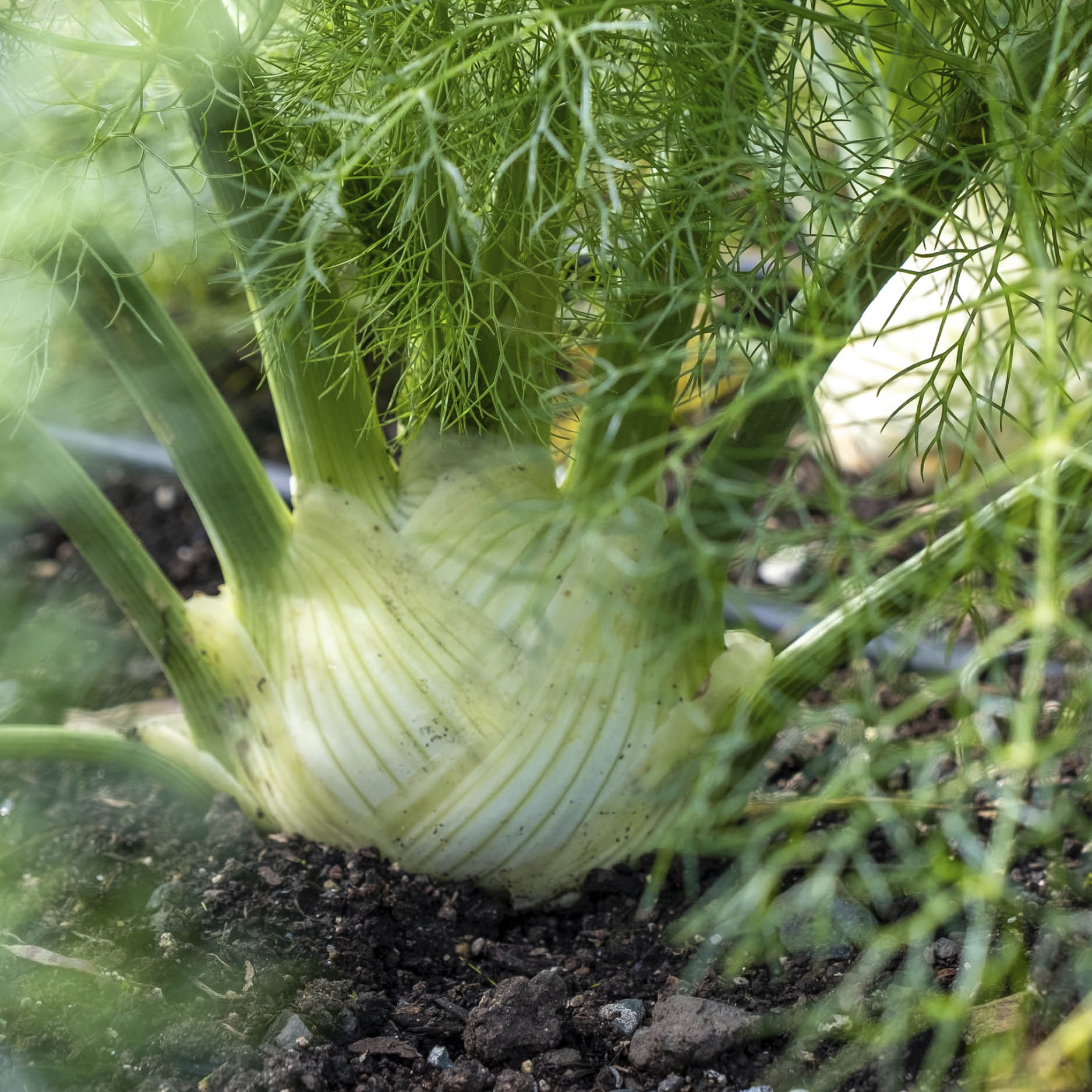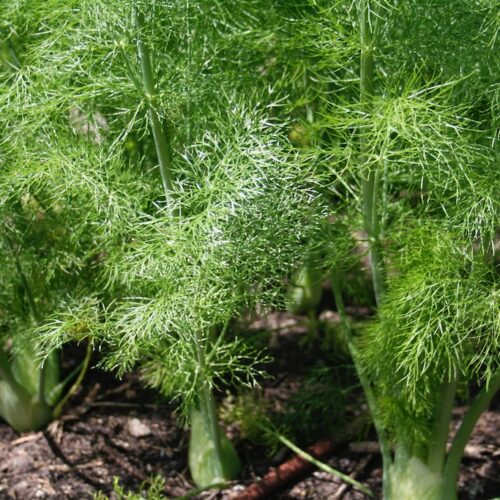Fennel
Select Your Climate

Fennel has multiple uses in the kitchen, from the addition of fresh leaves to butter to the use of Florence fennel bulbs in salads. All parts of the plant can be eaten, seeds, stems, leaves, flowers and pollen.
Likes: Sun and shade; any reasonable soil and plenty of space to grow.
Dislikes: Being transplanted; extreme hot or cold weather.
When to plant/sow in zone:
How to start: For leaves and seeds look for bronze fennel (F. vulgare ‘Purpureum’) seeds or for succulent edible stems, Florence fennel (F. vulgare subsp. vulgare var. azoricum). Sow seeds directly into soil; 8mm deep. Keep soil moist but not wet or dry. Plant grows to 2 metres or more, and at least 50cm across.
How to grow: Fennel will survive for a long time without water but does best if it is watered from time to time. Florence fennel needs better soil and more water to produce tender, delicious stems. Cut off all the dead flower heads in autumn.
When to harvest: You can pick fresh fennel leaves all year round. Florence fennel produces bulbous stems that are ready when about 8cm across. Harvest seed by cutting the seed heads in autumn, just after the seeds turn from green to brown. Place them in a paper bag to dry.
Pests and diseases:
Bronze fennel is pretty resistant to pests and disease, but aphids, cutworms, slugs and snails can attack Florence fennel.
Note: The more common green fennel is a noxious weed in some regions so it should not be planted.Wondering what to plant when?
Use our planner to create a planting calendar for your climate zone
View Planting Guide


